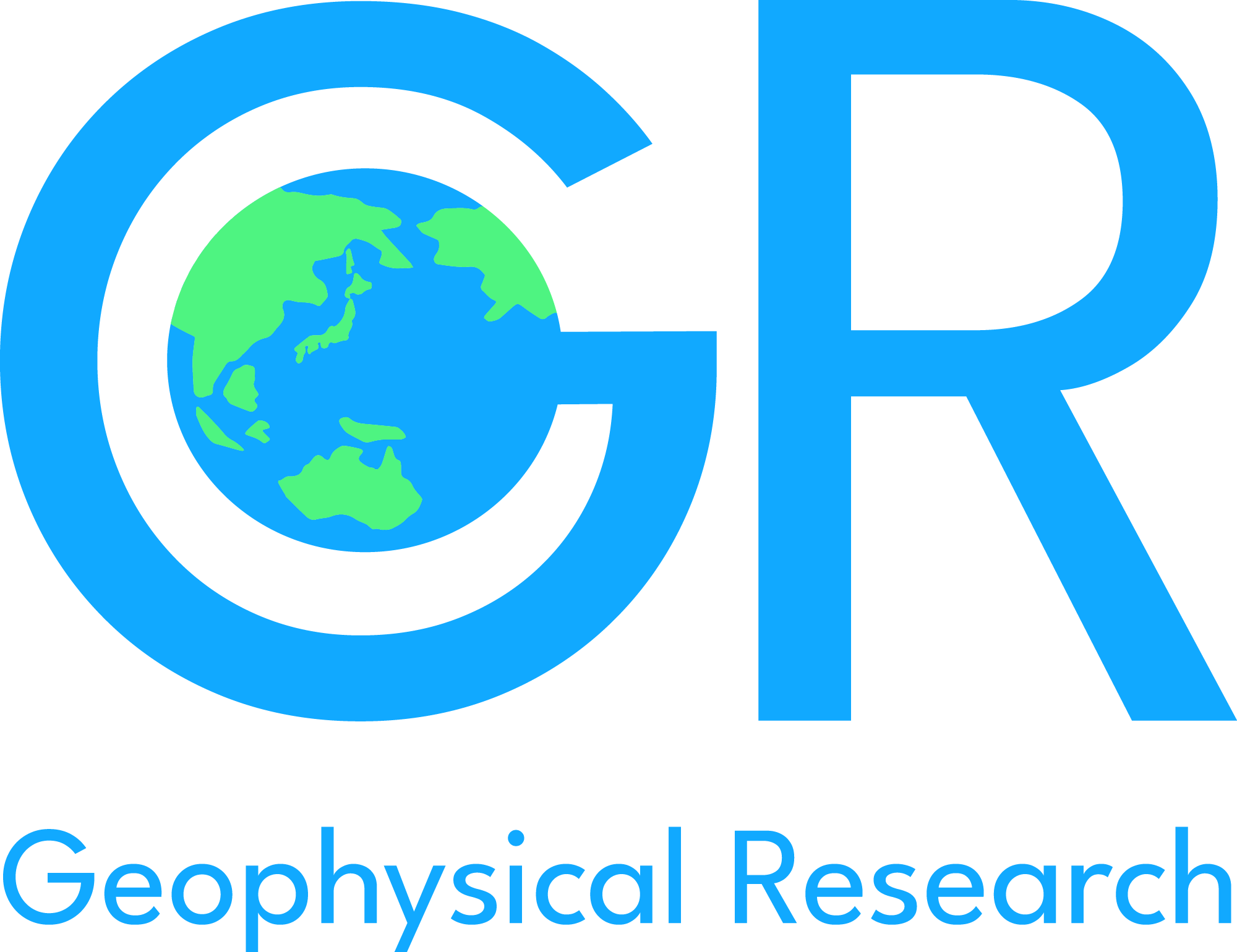A Paradigm Shift in Colloid Filtration: Upscaling from Grain to Darcy Scale
Abstract
This study introduces a novel theoretical model for upscaling colloid transport from the grain scale to the Darcy scale under both favorable and unfavorable conditions. The model integrates colloid interception history, where an interception occurs when colloids enter the near-surface zone within 200 nm of a collector, to capture the traditional exponential retention profile, as well as the anomalous, non-exponential behaviors observed under unfavorable conditions. The development of this theoretical model is based on a two-stage framework: first, upscaling from the grain scale to the single-interception scale, followed by upscaling from the single-interception scale to the Darcy scale. The initial stage addresses the distribution of colloids corresponding to a given interception order. The second stage focuses on the distribution of colloids across multiple interception orders. The key innovation of this work is the inclusion of the colloid removal process, where a fraction, denoted by $\alpha$, is removed at each encountered interception, rather than with each grain passed, as specified by classical colloid filtration theory. Our model accounts for scenarios under unfavorable conditions wherein if $\alpha$ remains constant, the distribution is exponential, albeit shallower relative to favorable conditions. Additionally, the model considers cases where $\alpha$ varies with interceptions, leading to multi-exponential and nonmonotonic retention profile shapes. In both scenarios, the proposed theoretical model offers a mathematical representation of colloid retention profiles under favorable and unfavorable conditions, including those exhibiting anomalous shapes.
Keywords: Colloids, Anomalous Transport, Upscaling, Retention Profiles, Multi-Exponential, Nonmonotonic, Unfavorable Conditions
How to Cite:
Al-Zghoul, B. M., Johnson, W. P. & Bolster, D. T., (2025) “A Paradigm Shift in Colloid Filtration: Upscaling from Grain to Darcy Scale”, ARC Geophysical Research (1), 9. doi: https://doi.org/10.5149/ARC-GR.1582
Downloads:
Download PDF
View PDF
Funding
- Name
- National Science Foundation
- FundRef ID
- https://doi.org/10.13039/100000001
- Funding ID
- EAR-1951676
- Name
- National Science Foundation
- FundRef ID
- https://doi.org/10.13039/100000001
- Funding ID
- EAR-1951677
576 Views
96 Downloads
